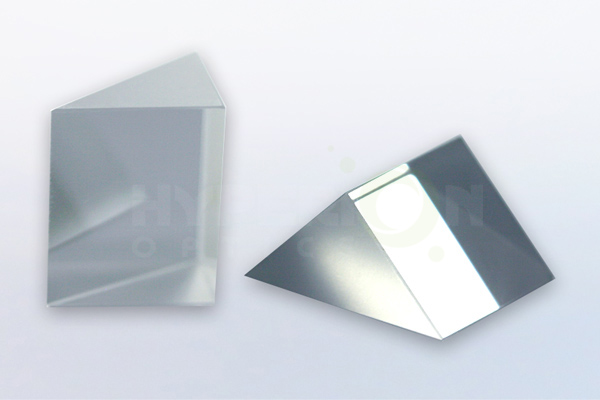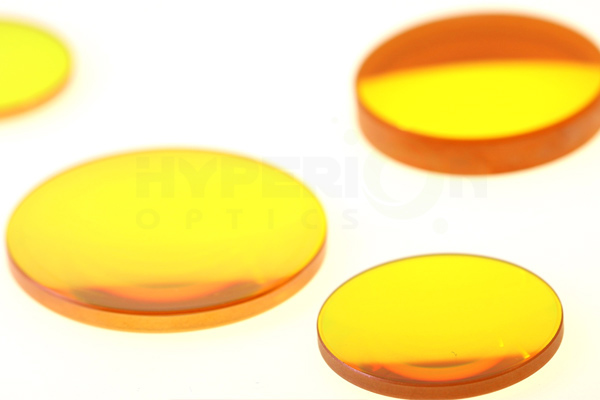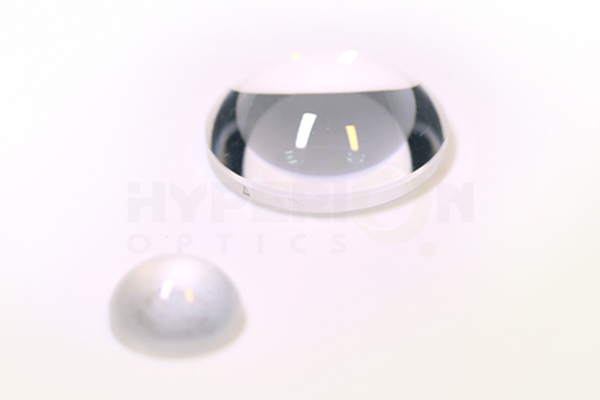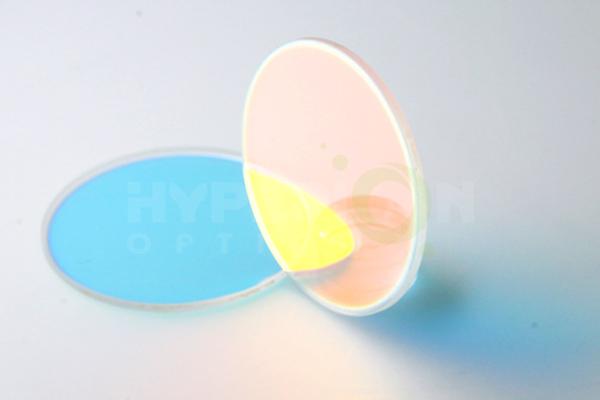
Right angle prisms turn light through 90° by internal reflection from the hypotenuse, or 180° from two right angle surfaces. When the light incident angle is perpendicular to the right angle surfaces, the light will be reflected at the surface of glass/air interface.
When the input light is incident from hypotenuse surface, the light will be fully reflected in the glass / air interface at the right angle surfaces. The second total reflection occurs at next right angle surface.
Compared to regular reflective mirrors, right angle prisms are easily to be mounted; further its reliable mechanical stress has better stability and strength. Hence right angle prisms have been considered as suitable alternatives to reflective mirrors in various applications.
Hyperion Optics supplies a range of right angle prisms to meet UV-Visible-NIR applications, with high surface quality and tight tolerance angles. Our materials selection ranges from BK7, Bak4, fused silica, ZnSe, CaF2 etc.
Material tips for your application:
Hyperion Optics has full capability of processing right angle prisms based on the materials we proposed above with 3 precision levels fit your actual demand.
|
Right Angle Prism |
COMMERCIAL GRADE |
FACTORY STANDARD |
PRECISION GRADE |
|
Dimension Tolerance(mm) |
±0.05 |
±0.03 |
±0.0125 |
|
Angle Tolerance |
5‘ |
3’ |
30" |
|
Cosmetic(MIL-C-13830A) |
80-50 |
40-20 |
10-5 |
|
Flatness @632.8 nm |
2 Lambda |
1/2 Lambda |
1/10 Lambda |
|
Coating (T% avg) VIS |
96-98% |
99% |
99.5% |
|
Coating (R% avg) VIS |
96-98% |
99% |
99.5% |
|
Materials |
BK7, Bak4, fused silica, ZnSe,Ge,CaF2 |
||



 Call us on:
Call us on:  Email us:
Email us:  9B-4F, No.1 Qingnian Road Liando U Valley,Yuhua International Wisdom Valley, Nanjing, 210039 China
9B-4F, No.1 Qingnian Road Liando U Valley,Yuhua International Wisdom Valley, Nanjing, 210039 China 








 English
English  cn
cn  de
de  es
es  fr
fr 


